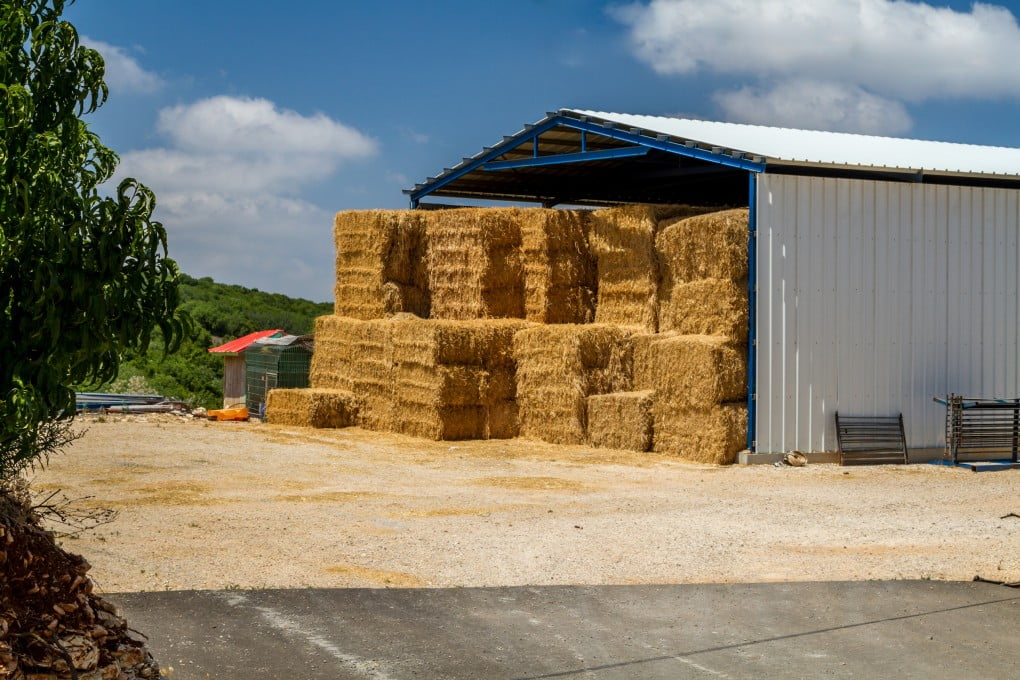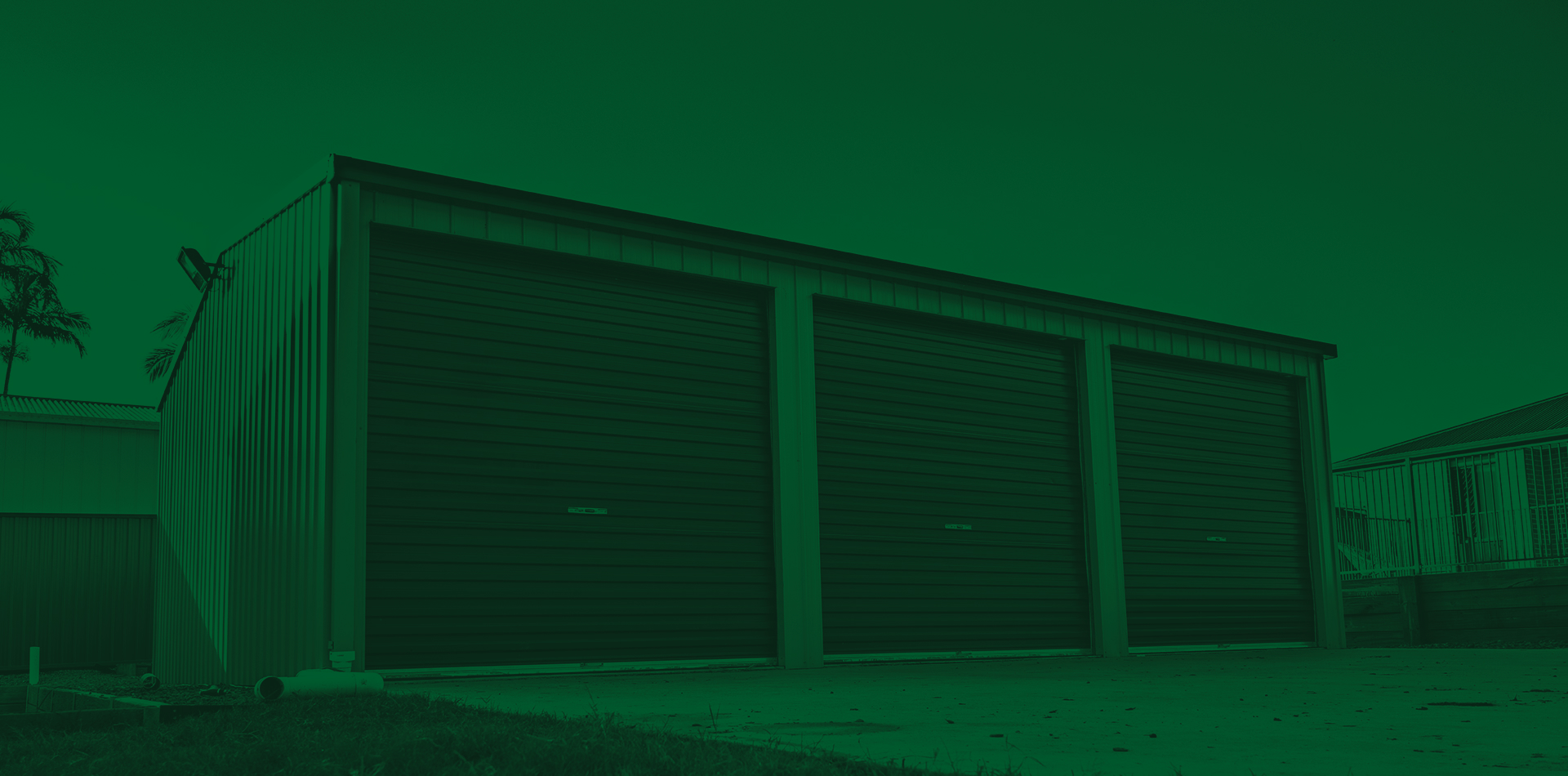
Fire Prevention Tips for Your Property’s Shed
Owning your own shed is a great Aussie tradition. Part workshop, part storage area, it’s a place where you can go to work on projects around the home and property, or just tinker with your toys. But sheds can be a fire risk, and not everyone is aware of just how to minimise the chance of a fire damaging your property. Here’s some information on how to reduce the risk of fire in your property’s shed.
Why are sheds at risk of fire?
There are a few reasons why the backyard shed is at risk of fire.
- Fuel storage: Sheds are used to store cars, ATVs, boats and other machines that use fuel. Storage of fuel puts your shed at an increased risk of fire damage.
- Electrical fire: Close proximity of combustible and flammable materials with electrical appliances creates a fire risk.
- Bushfires: The ever present threat of an Australian bushfire puts your shed and its contents at risk.
- Sunlight: Direct sunlight over time can degrade fuel containers and interact with chemicals and combustible materials.
Fuel safety
Fuel safety comes down to smart storage, compliance and refuelling practices. Read on to learn more.
Fuel storage
Lawnmowers, cars, boats, ATVs and tractors – there’s a diverse range of equipment found in just about any shed that needs fuel to run. However, storing fuel can be a tricky business. You want to avoid the unnecessary risk of fire by taking appropriate measures to store your fuel.
- Store appropriately: There are specific guidelines for the storage of fuel in garages and sheds, best outlined in this PDF by the Queensland Government’s Department of Education and Training.
-Use metal containers of good quality with a working seal.
-Plastic containers can be used, provided they comply with AS/NSZ 2906:2001- Fuel containers, portable, plastic and metal. You can typically find these containers at hardware and autopart stores.
-Do not store fuel in noncompliant containers like plastic, cardboard or glass. - Label clearly: Proper fuel safety storage includes the accurate labelling of all flammable liquid holding containers.
- Ventilation: Fuel storage containers should be stored in well ventilated areas of the shed.
- Placement: Fuel should never be stored near ignition sources like open flames or sparks from grinders and welders. They should also be stored away from combustible materials or fertilisers.
- Volume: Guidelines recommend storing no more than a total of 250 litres on a single site, with individual containers not exceeding 30 litres.
Refueling
As well as safe storage, there are a number of measures you can take when refueling to minimise risk to your person and property.
- Always refuel outdoors, not in the shed
- Use a funnel to minimise spill
- Never smoke when handling fuel or refuelling
- Ensure engine is switched off before removing cap and refuelling
- Replace all fuel and container caps and ensure they are on tightly.
In the event of a spill, never start the engine. Move the machine away from the area without creating any ignition and wait for the vapour to disperse. Mark the site as necessary with signage.
Examples of flammable solvents
It’s not just fuel that’s a fire and safety threat to your shed. The following common solvents are all flammable, and are found in many workshops and backyard sheds around Australia.
- Alcohols including methanol, propanol, ethanol, amyl alcohol and hexanol.
- Aldehydes & Ketones including acetaldehyde, acetone, methyl ethyl ketone, MIBK
- Alkanes including butane, hexane, heptane, octane, nonane, ligroin, naphtha, petroleum naphtha, petroleum ether, petroleum distillates, pentane and petrol.
- Aromatics including benzene, bromobenzene, cumene, pyridine, toluene, xylene
- Ethers including ether, ethyl ether, methyl ether, isopropyl ether, ethylene glycol monomethyl ether and cellosolve.
- Toxic solvents like acrolein, carbon disulfide, ethyleneimine, ethylene oxide, silane.
- Halogenated hydrocarbons like bromobenzene, chlorobenzene, 1-dichloroethylene, vinyl chloride, bromomethane, chloroethane and ethyl bromide
- Other solvents like acetic acid, acetyl chloride, acetonitrile, cyclohexane, dichloroethane, dioxane, ethyl acetate, ethylenediamine, furan, methyl methacrylate.
Never store flammable materials with these agents, substances and chemicals:
- Oxidizing agents like chlorates, perchlorates, nitrates, permanganates and peroxides.Oxidizing agents don’t combust, but they can provide oxygen to accelerate combustion rates in other chemicals.
- Corrosive chemicals including sulfuric acid, acetic acid and nitric acid. These acids destroy organic and inorganic materials.
- Common alkalis including ammonium hydroxide, calcium oxide and sodium hydroxide (lye). Alkalis are also known as bases.
- Hydrogen peroxide contacting any combustible material can result in spontaneous combustion.
- Picric acid is sensitive to shock and friction when dry and can be explosive
- Any material that reacts with air or moisture to create heat. Concentrated sulfuric acid is corrosive and can react with water, giving off heat and toxic fumes.
Store chemicals in approved, clearly labelled containers. It’s also recommended to store them on shelves with drip trays to prevent any corrosive contact with other materials. Keep out of direct sunlight and away from electrical appliances.
Direct sunlight
Heat from the sun is another cause of combustion. Skylights and windows in your shed can channel the sun’s heat and create high temperatures. Direct sunlight can also corrode storage containers, which is especially dangerous if they contain flammable and combustible materials. Affix blinds and shades to windows and other portables to negate the sun’s effects when you’re not in the shed. You might also consider sheds with annex or retractable skylights to better protect your materials.
Electrical fires
Electrical equipment and flammable materials don’t mix. In a shed, where space is at a premium, it might take a bit of savvy thinking to make sure flammable and combustible materials are kept away from electrical equipment. In the end though, it’s worth it.
- Try keeping items that could burn stored on shelves rather than on the floor
- Use only one power plug / appliance at a time
- Don’t use extension cords when charging devices
- Don’t use power boards or multiple extension cords.
You can also install a heat alarm (not a smoke alarm) in the shed to sound if the temperature rises too high. Heat alarms will alert you to a situation that could potentially cause a fire. Smoke alarms will only sound once a fire has already started.
Angle grinder safety
Sparks from angle grinders and other workshop equipment can react with flammable and combustible materials to cause fire in your shed. Placement of the tool when in use and the position of the guard is of key importance. Ensure that:
- The guard has not been modified, removed or changed in any way
- The workspace is clear from dangerous chemicals and dry/flammable materials
- It is operated in a safe manner and only for its intended purpose.
Bushfire protection
Even if you follow every storage guideline to the letter, your shed is still at risk from bushfire. You might be more likely to protect the family home rather than the shed from bushfire, but consider the following:
- If your shed is within 20 metres of your home and catches ablaze, it could spread to your house.
- While Zincalume or ColorBond sheds won’t burn, the contents of your shed can. Steel heats up, raising the temperature and turning the shed into an oven.
Guarding against embers
Embers are the most common form of bushfire related home damage. Because of their small size, they are easily blown by hot winds to areas between gaps and cracks, where they find combustible materials as a fuel source. Here’s a few tips for preventing embers from setting your shed alight.
- Reduce flammable material inside. While the point of a shed is often to store flammable materials, during bushfire season you’ll want to reduce the amount inside.
- Install weather stripping around the sides of the windows and doors to seal your shed. Gaps which air can travel through are also passages for embers and flames.
- Install leaf guards on the shed gutters to prevent leaf build-up, which is one of the easiest sources of combustible material. If bushfires are in the area, do a manual clean as well.
- Cover external skylights with non-combustible materials.
- Keep stored firewood away from your shed and house.
Keep it tidy
Whether you use your shed as a workshop, garage, storage facility or a little bit of all three, a tidy shed is always going to be less of a risk of fire. Follow the guidelines above and store flammable or combustible materials in approved, clearly labelled containers away from electricals. Keep your shed locked and sealed when not in use, and the gutters clear of leaves. And if a bushfire is knocking on your door, remember that the contents of your home and shed are just things. Protecting your life and those of the people you care about is always the most important priority.
If you’re looking to upgrade your shed, why not check out Titan Garages amazing range of quality sheds. We use 25% thicker steel with 30% less parts, meaning your next shed will be sturdier and easier to assemble. See the full range here.

